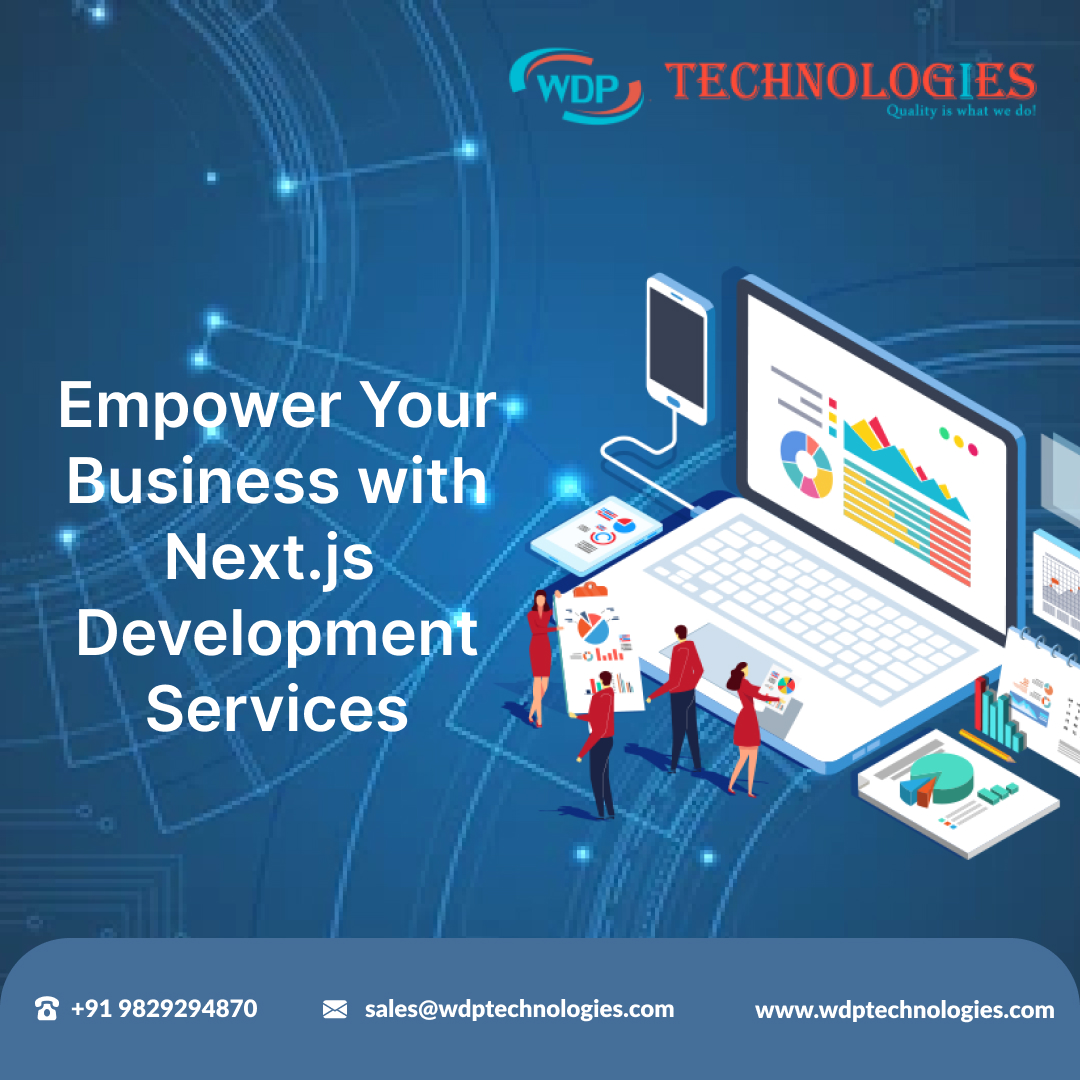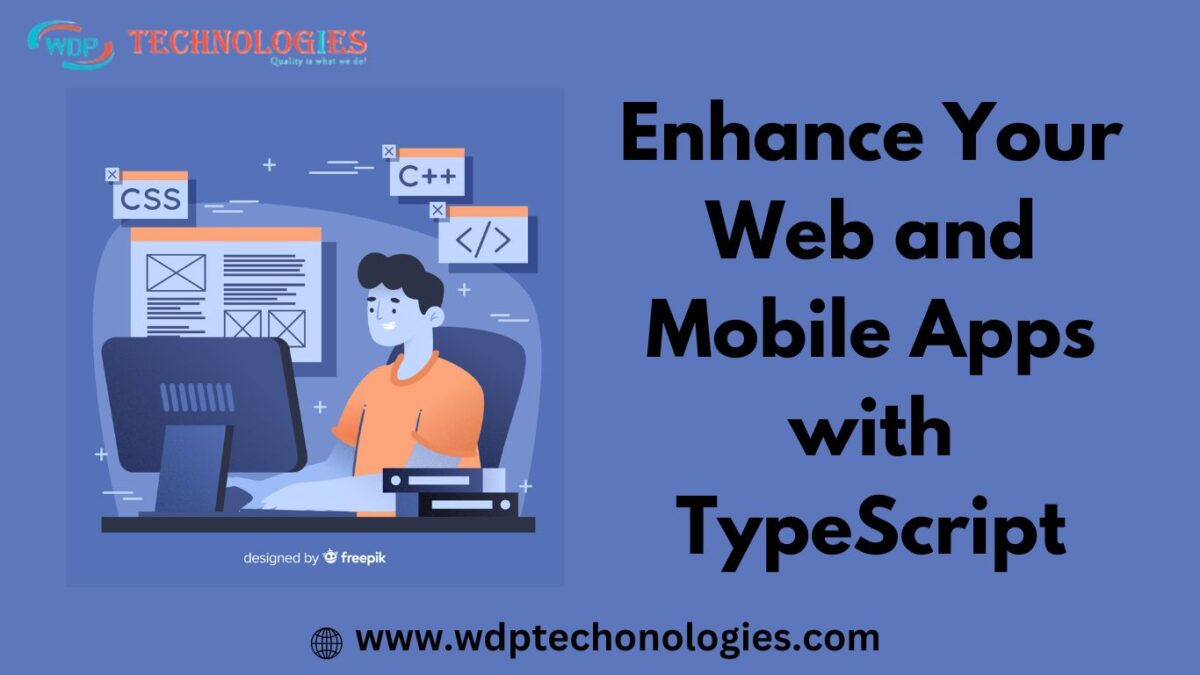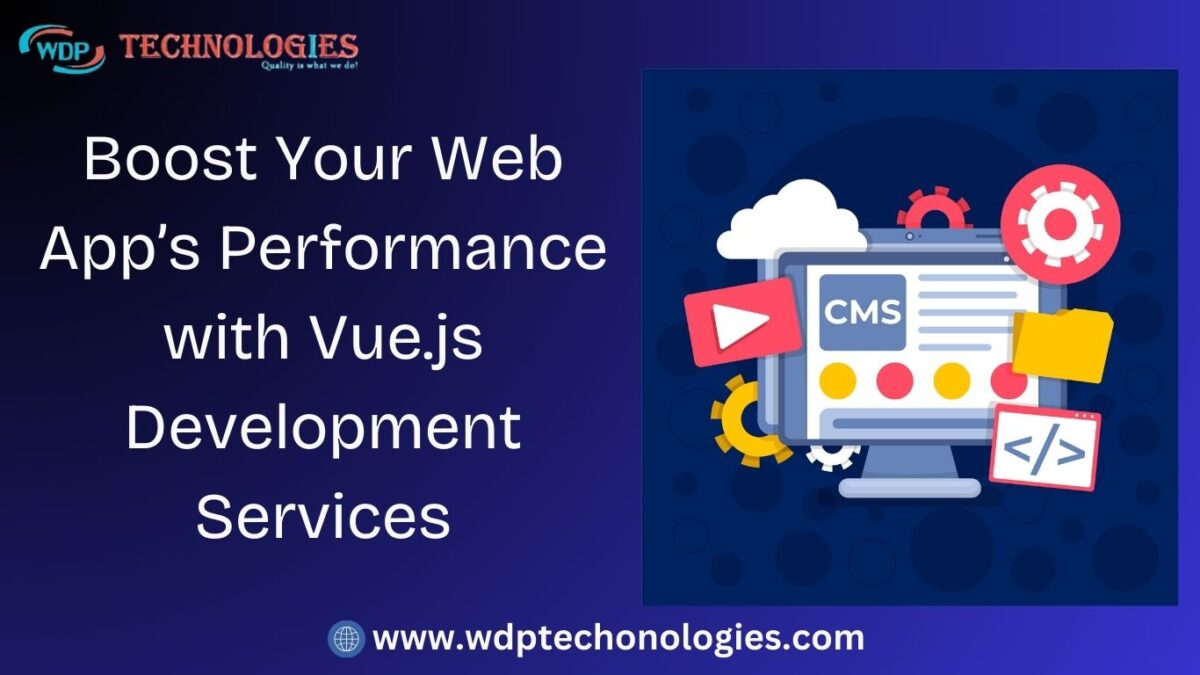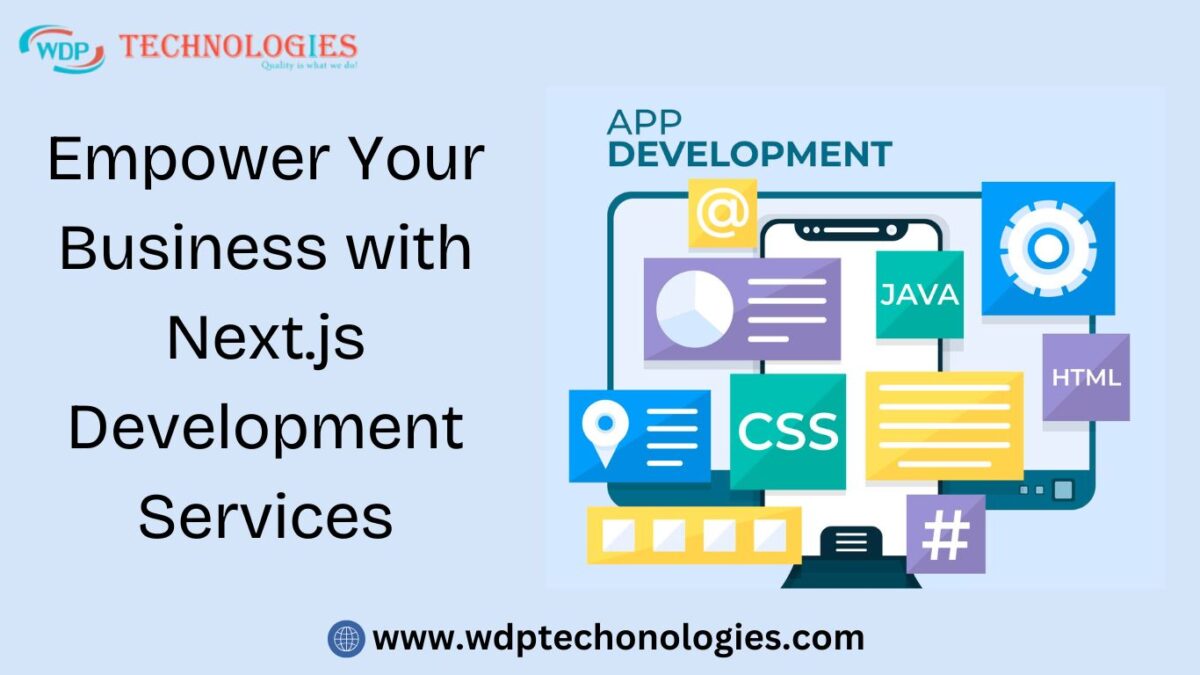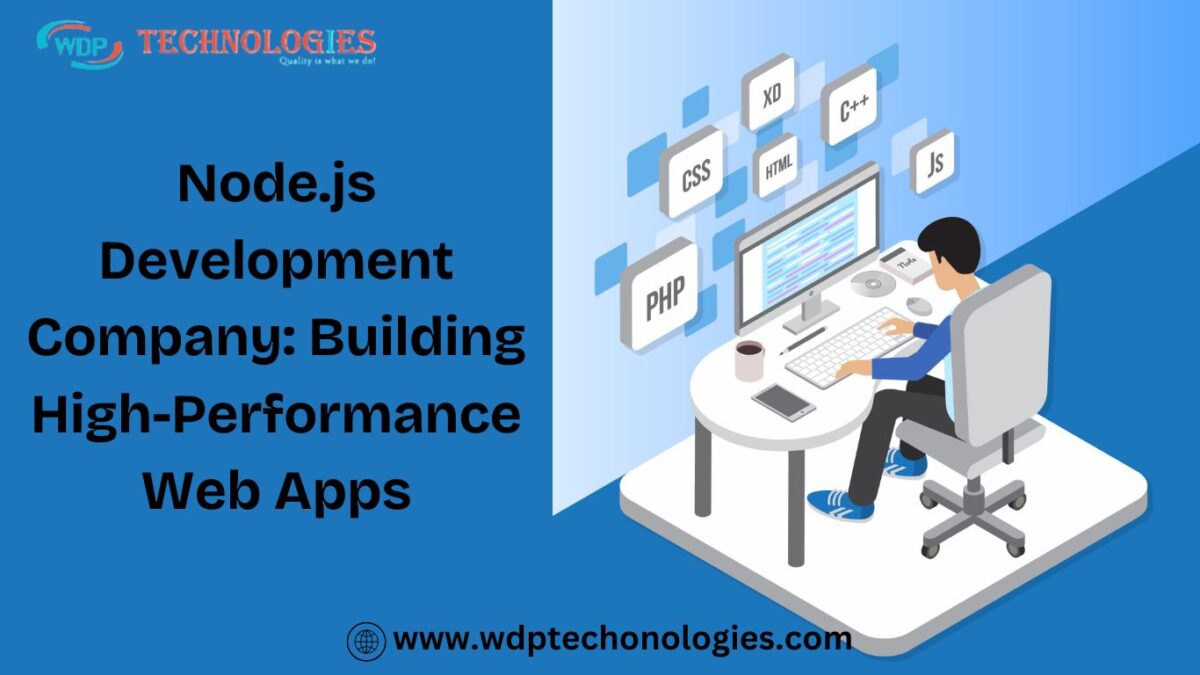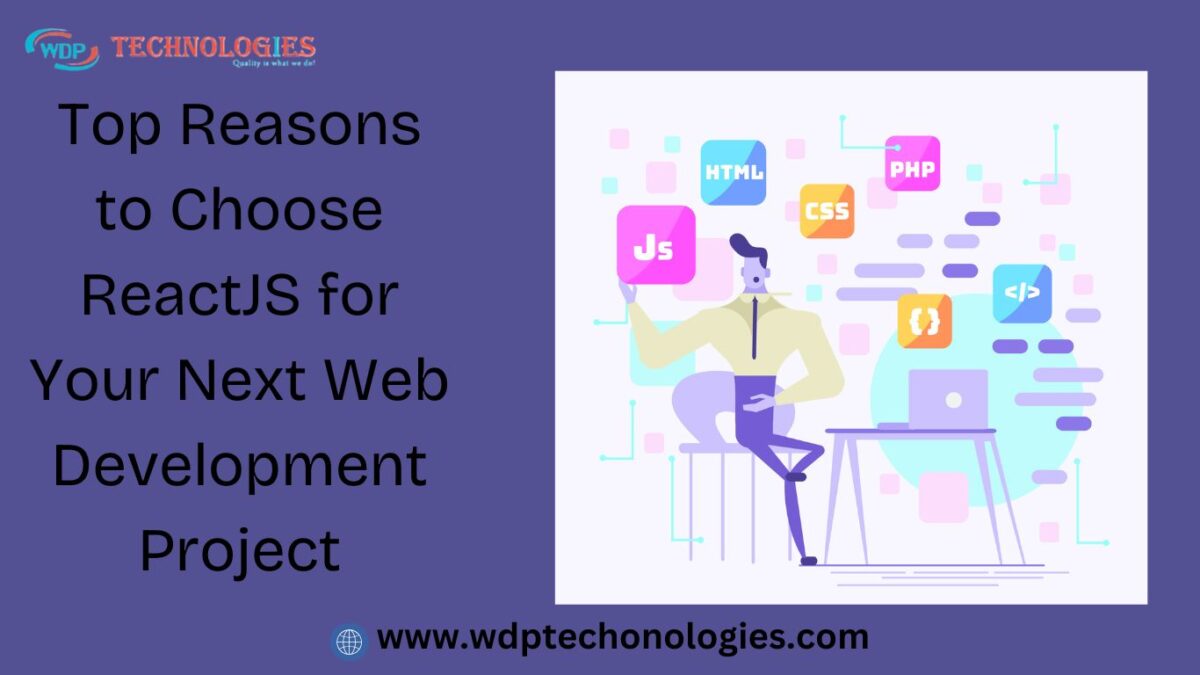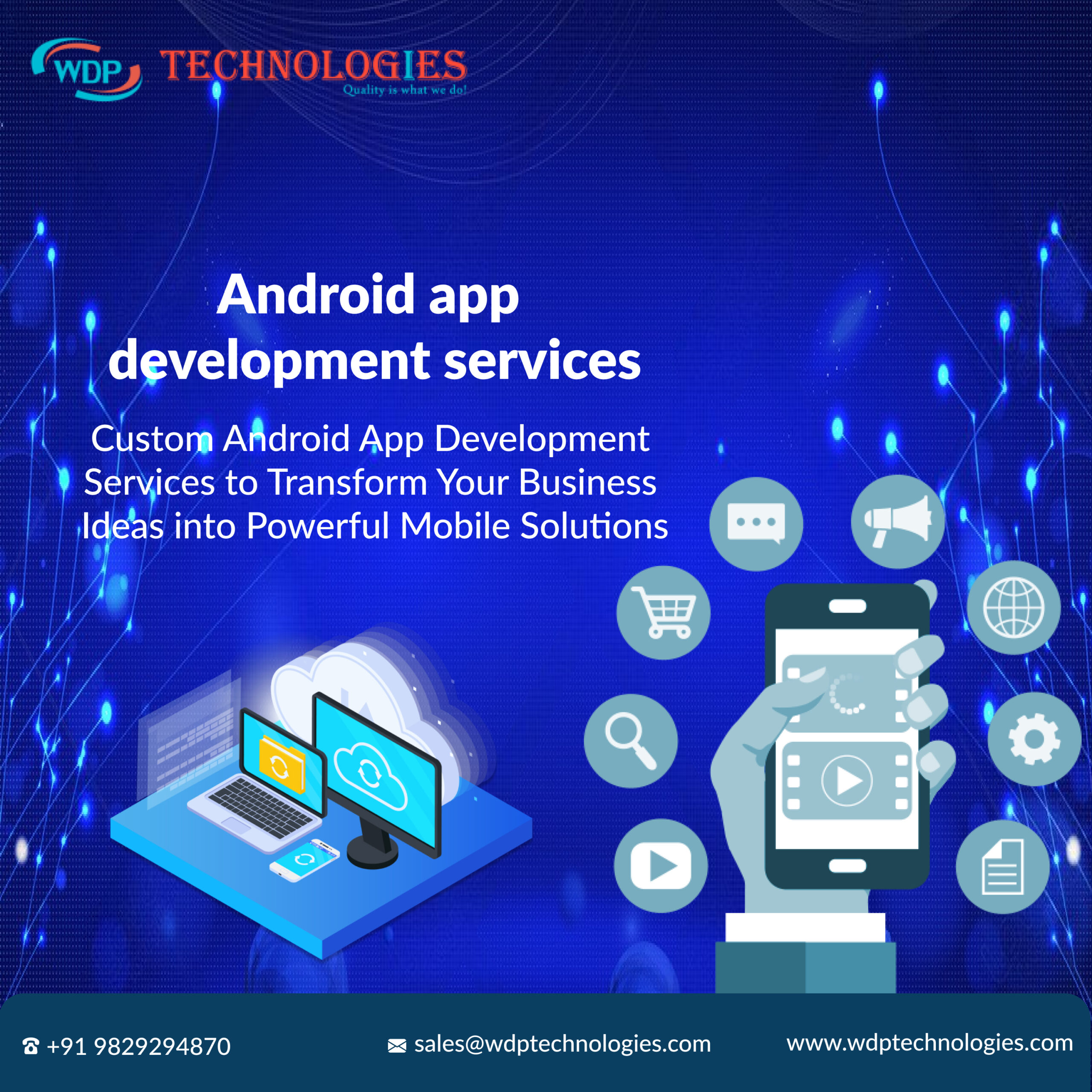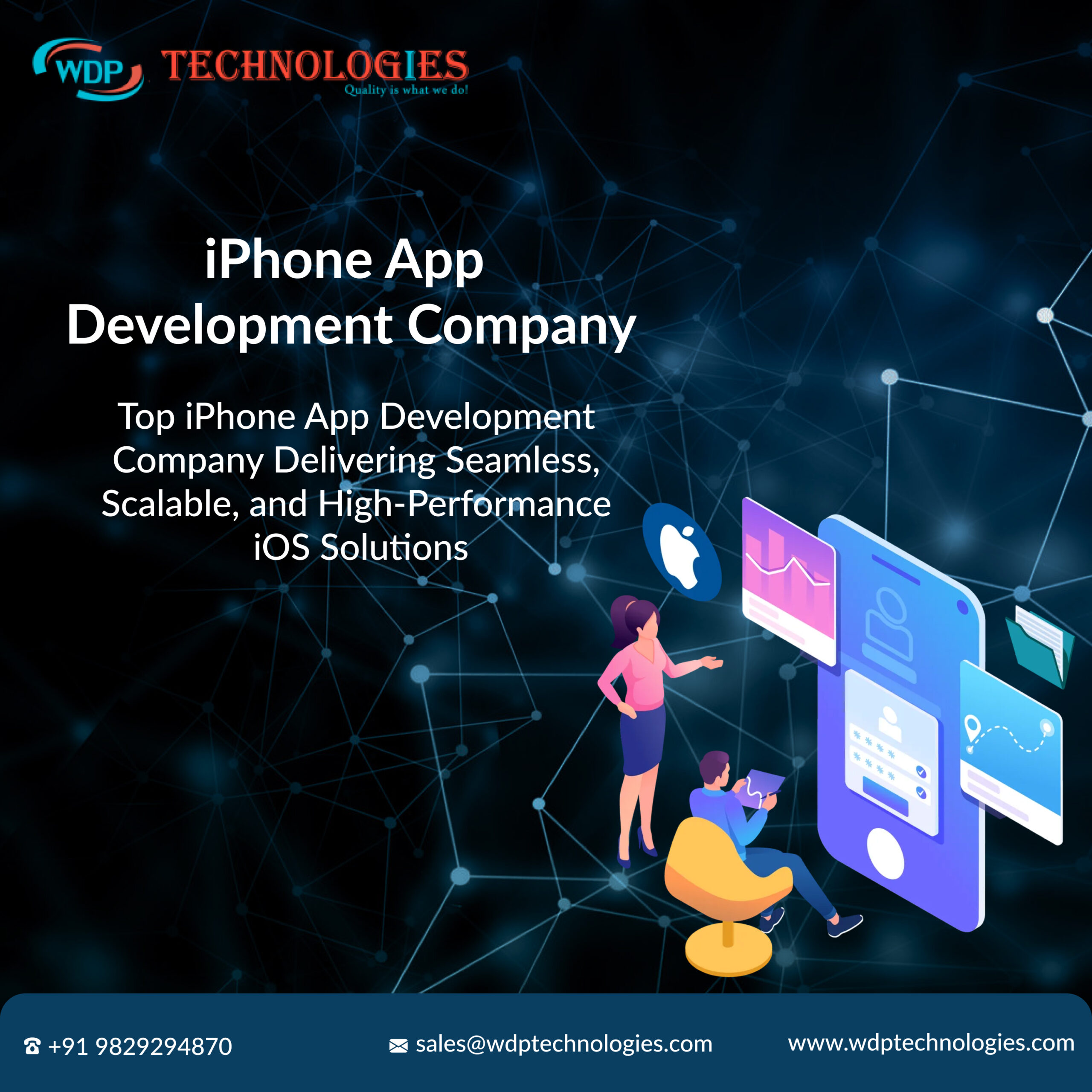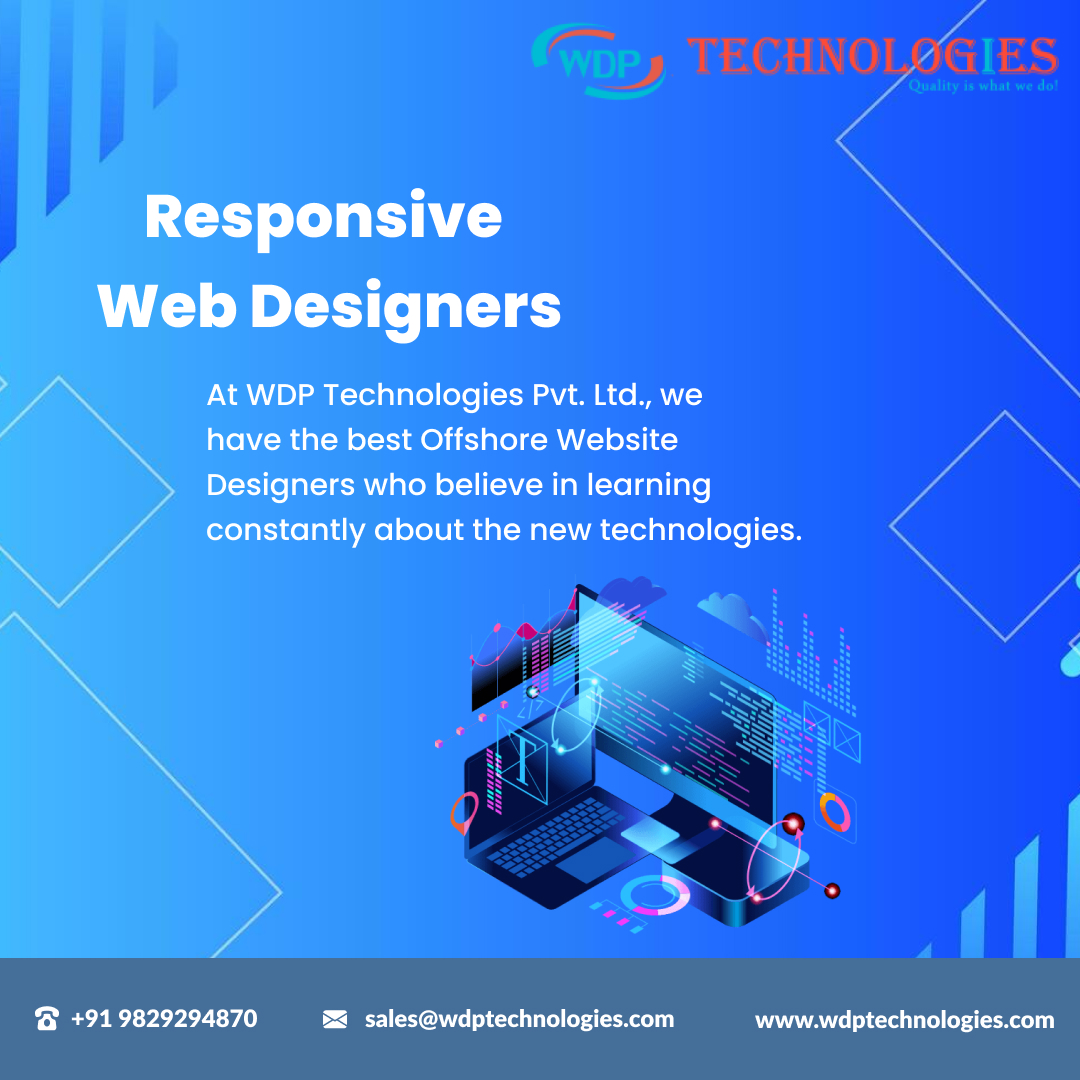Introduction
In today’s competitive digital landscape, having a strong and efficient online presence is crucial for businesses to differentiate themselves. Whether your goal is to create a faster website, enhance SEO, or deliver an outstanding user experience, Next.js development provides a comprehensive solution.
Next.js is a robust React framework that enables businesses to develop fast, scalable, and SEO-friendly web applications. With features like server-side rendering (SSR), static site generation (SSG), and automatic code splitting, Next.js guarantees a smooth, lightning-fast experience for users while offering exceptional flexibility for developers.
At WDP Technologies, we focus on delivering expert Next.js development services customized to fit the specific needs of your business. Our team of experienced developers is dedicated to crafting tailored web applications that improve performance, attract traffic, and ultimately drive your business growth.
Why Choose Next.js for Your Business?
High Performance:
Thanks to server-side rendering and built-in performance optimization, Next.js ensures your website loads quickly, enhancing user satisfaction and lowering bounce rates.
SEO-Friendly:
Next.js is designed with SEO best practices in mind. Its server-side rendering capability makes it easy for search engines to index your content, improving your business’s online visibility.
Scalability:
Next.js is built to scale effortlessly, making it suitable for businesses of any size. Whether you’re creating a simple landing page or a complex, dynamic application, Next.js can manage it all.
Improved Developer Experience:
Next.js simplifies setup, accelerates development cycles, and enhances the overall developer experience. With features like hot reloading and zero-config setups, your team can concentrate on building outstanding features.
Flexibility:
Next.js accommodates both static and dynamic rendering, providing you with the versatility to create the exact type of application you need, whether it’s a blog, an e-commerce platform, or a sophisticated enterprise application.
Our Next.js Development Services
Custom Web Application Development:
Our team of Next.js specialists will collaborate with you to create a custom web application tailored to meet your specific business goals.
SEO Optimization:
We take advantage of Next.js’s server-side rendering (SSR) and static site generation (SSG) features to enhance your website’s visibility on search engines, attracting more organic traffic.
E-commerce Solutions:
Develop fast, responsive, and SEO-friendly e-commerce platforms that offer outstanding shopping experiences for your customers.
Enterprise Web Solutions:
Next.js is robust enough to handle enterprise-level web applications, providing a scalable platform that evolves with your business needs.
Next.js Migration:
We can assist you in transitioning your current website or application to Next.js, ensuring enhanced performance, better SEO and greater scalability.
Enhance your business with a fast, scalable, and secure online presence by utilizing the power of Next.js. Collaborate with www.wdptechonologies.com for professional Next.js development services that align with your business objectives and give you a competitive advantage.

